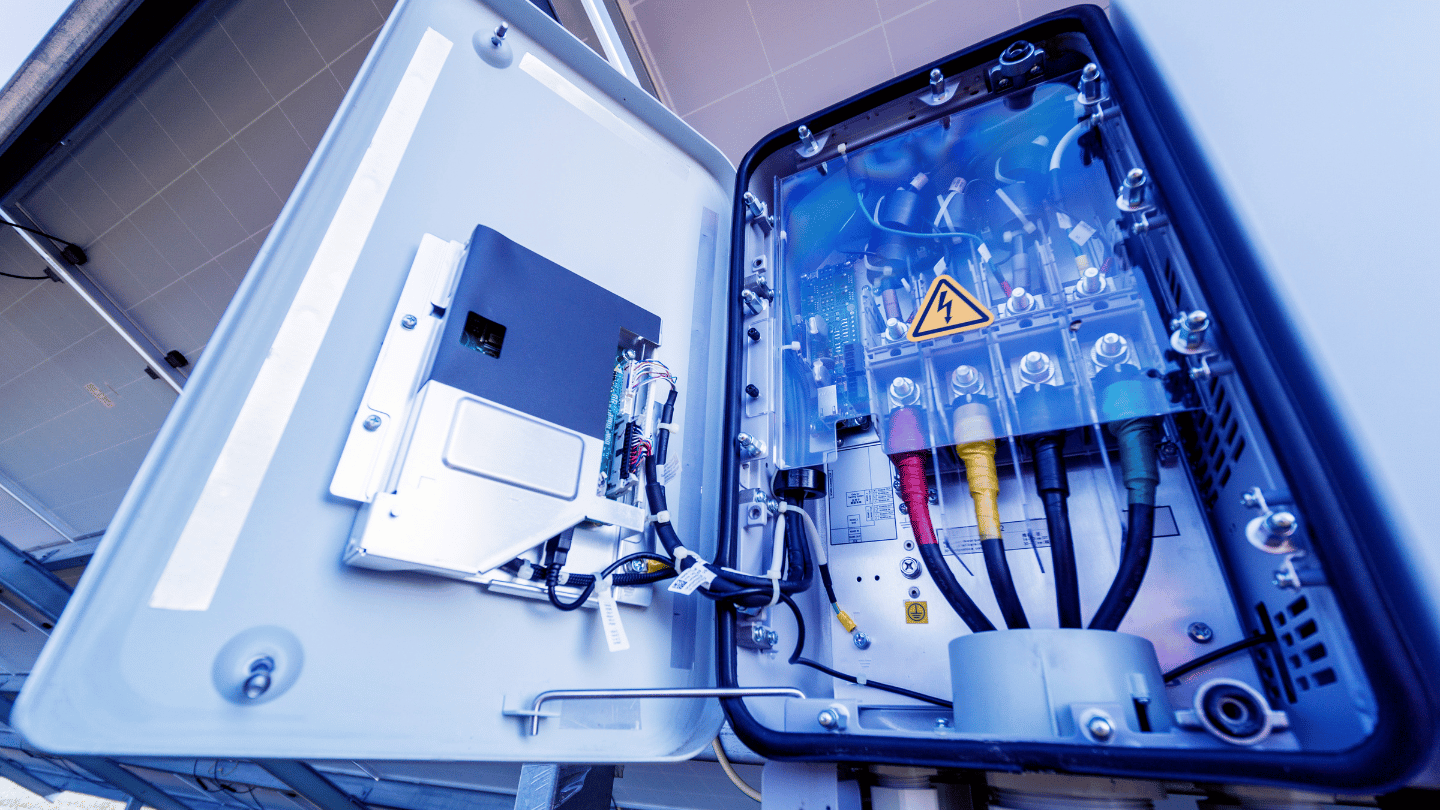
Jul 12,2023
Microinverters have revolutionized the solar energy industry, offering a more efficient and versatile alternative to traditional string inverters. In this blog post, we will explore the market potential and future prospects of microinverters. With their ability to convert DC power from each solar panel independently, microinverters optimize energy production, reduce the impact of shading or panel failures, and enable easy monitoring. As solar installations continue to soar globally, microinverters have emerged as a game-changer, providing enhanced performance and reliability. Let's delve into the remarkable rise of microinverters and uncover the immense opportunities they offer in the renewable energy landscape.
Microinverters revolutionize solar energy systems by converting direct current (DC) power from each individual solar panel. Unlike traditional string inverters, which connect multiple panels together, microinverters work independently, optimizing the energy production of each panel. This decentralized approach eliminates the energy loss caused by shading, panel mismatch, or partial system failure. By individually maximizing the output of each panel, microinverters significantly increase overall system performance and energy production.
Furthermore, microinverters enable panel-level monitoring, allowing users to track the performance of each solar module. This real-time data empowers system owners and installers to identify and address any issues promptly, ensuring optimal performance throughout the system's lifespan. With microinverters, solar energy systems can reach their full potential, delivering higher energy yields and greater return on investment.
Another advantage of microinverters lies in their inherent safety features and reliability. Traditional string inverters are vulnerable to partial system failures or shading, which can lead to a significant reduction in energy output. In contrast, microinverters isolate each solar panel, so if one panel underperforms or malfunctions, it doesn't impact the performance of the entire system. This increased resilience minimizes the risk of energy loss due to system failures and ensures consistent power generation.
Moreover, microinverters operate at low voltage levels, reducing the risk of electrical shock during maintenance or repair. This enhanced safety feature makes microinverters an ideal choice for both residential and commercial installations, providing peace of mind to system owners and installers alike.
The residential sector represents a significant market opportunity for microinverters. As homeowners increasingly embrace solar energy, microinverters offer an ideal solution to optimize energy production at the individual panel level. Residential installations often face challenges such as shading from nearby structures or vegetation, which can greatly impact system performance. Microinverters mitigate these challenges, allowing homeowners to harness maximum energy from their solar arrays.
Furthermore, microinverters provide flexibility in system expansion. Homeowners can easily add additional panels without compromising the performance of the existing system. This scalability feature makes microinverters an attractive choice for those looking to gradually increase their solar capacity over time.
In the commercial and utility-scale sectors, microinverters offer unparalleled advantages in terms of scalability and performance optimization. Large solar installations often span vast areas, resulting in varying levels of shading or panel mismatch. By deploying microinverters, these challenges can be mitigated, ensuring optimal energy production throughout the entire system.
Moreover, microinverters enable granular monitoring and data analysis, making it easier for commercial and utility-scale operators to identify and address any inefficiencies promptly. This level of control and optimization maximizes returns on investment, making microinverters a compelling choice for large-scale solar projects.
Microinverters are poised to evolve further, with ongoing technological advancements and integration with other renewable energy technologies. The integration of microinverters with energy storage systems and smart grids opens up new possibilities for energy management and grid stability. By coupling microinverters with battery storage, solar energy can be stored and utilized during non-sunlight hours, increasing self-consumption and grid independence.
Furthermore, the integration of microinverters with smart grid infrastructure enables dynamic control and grid interaction. This synergy allows for enhanced grid stability, demand response capabilities, and the efficient integration of renewable energy sources into the existing power grid.
The rise of microinverters has transformed the solar energy landscape, offering unparalleled performance, reliability, and scalability. By optimizing energy production at the individual panel level, microinverters ensure maximum power output and minimize the impact of shading or system failures. The market potential for microinverters is vast, with significant opportunities in the residential, commercial, and utility-scale sectors. Looking ahead, microinverters are set to play a pivotal role in the future of solar energy, as technological advancements and integration with other renewable energy systems pave the way for a cleaner, more sustainable future.
Powered ByTradeWheel.com